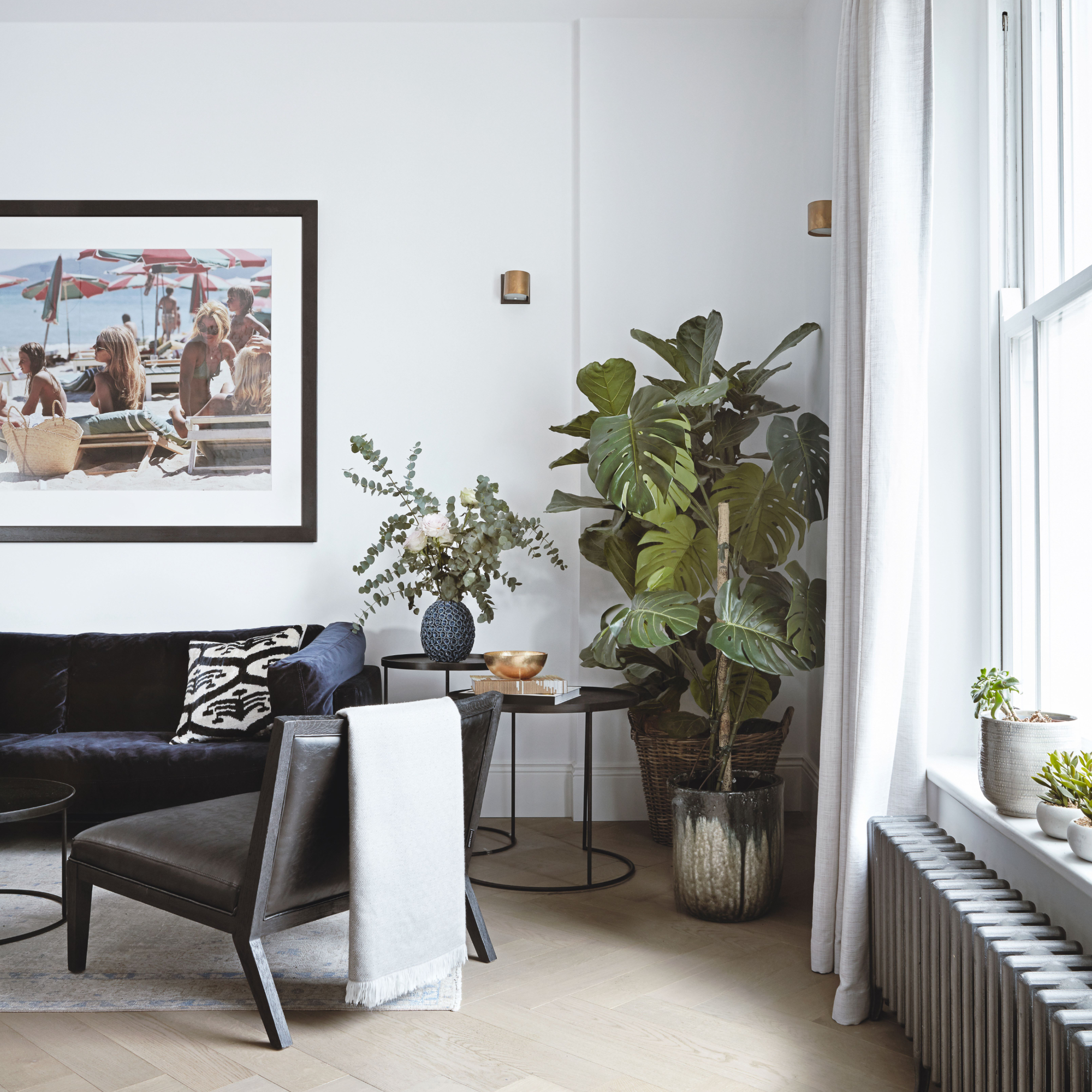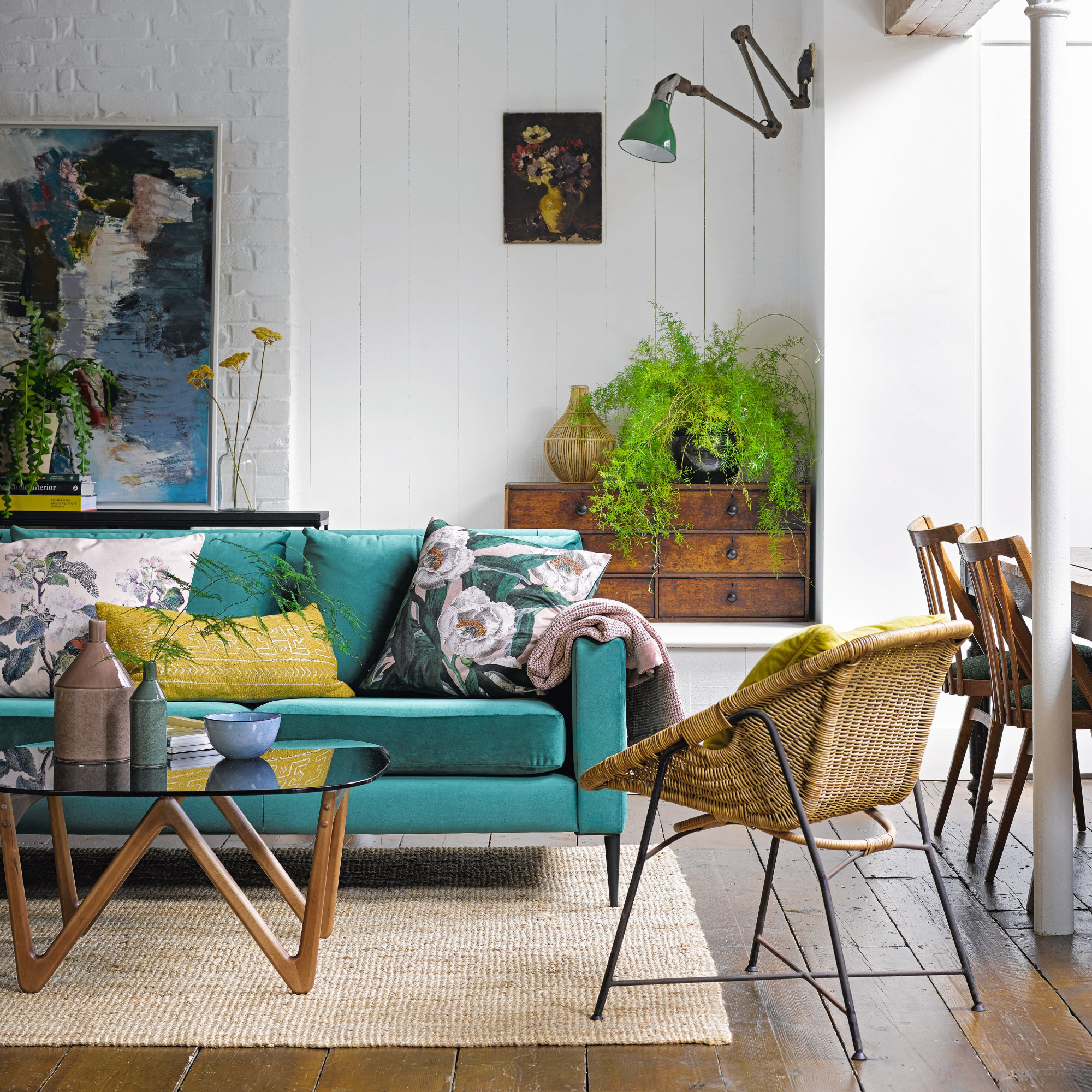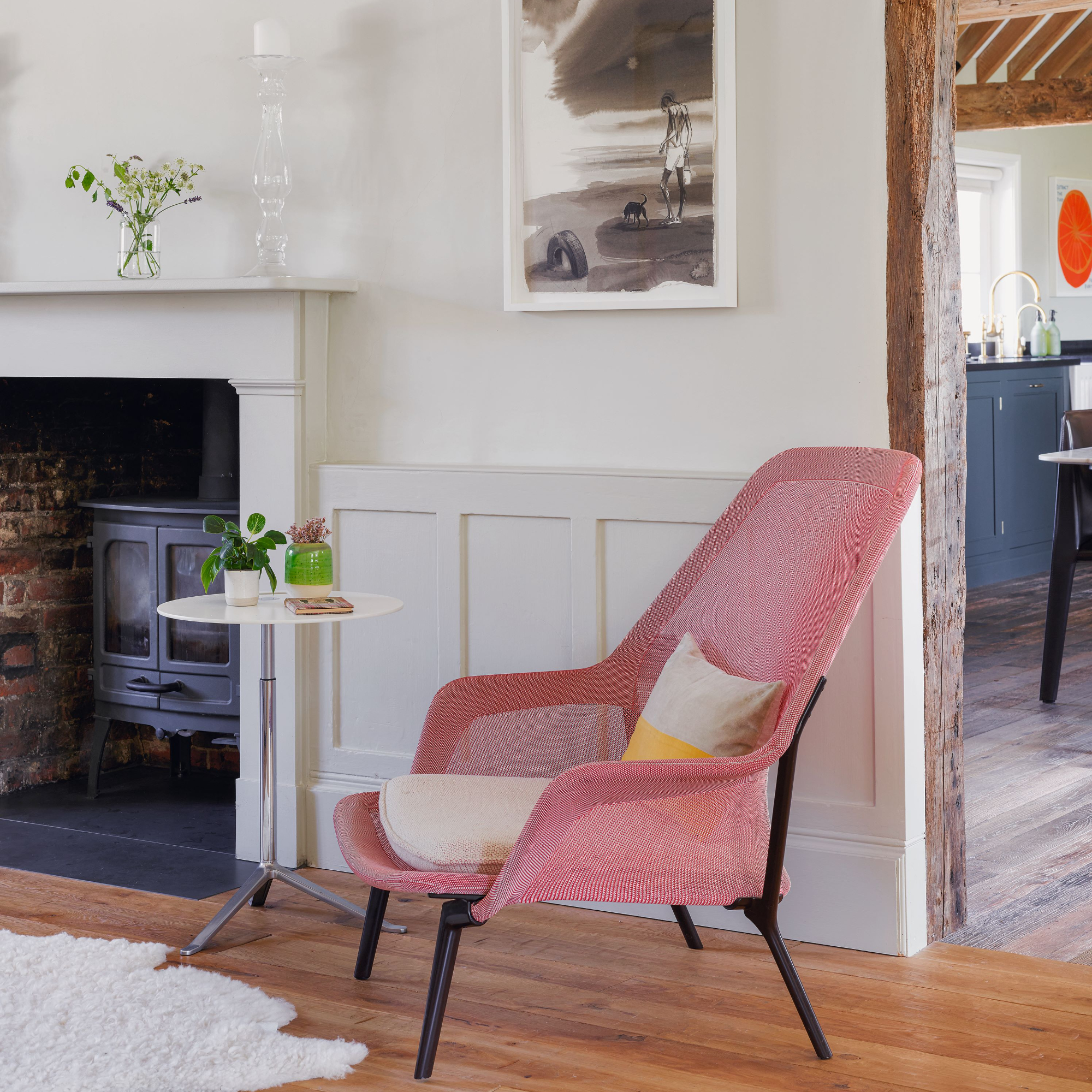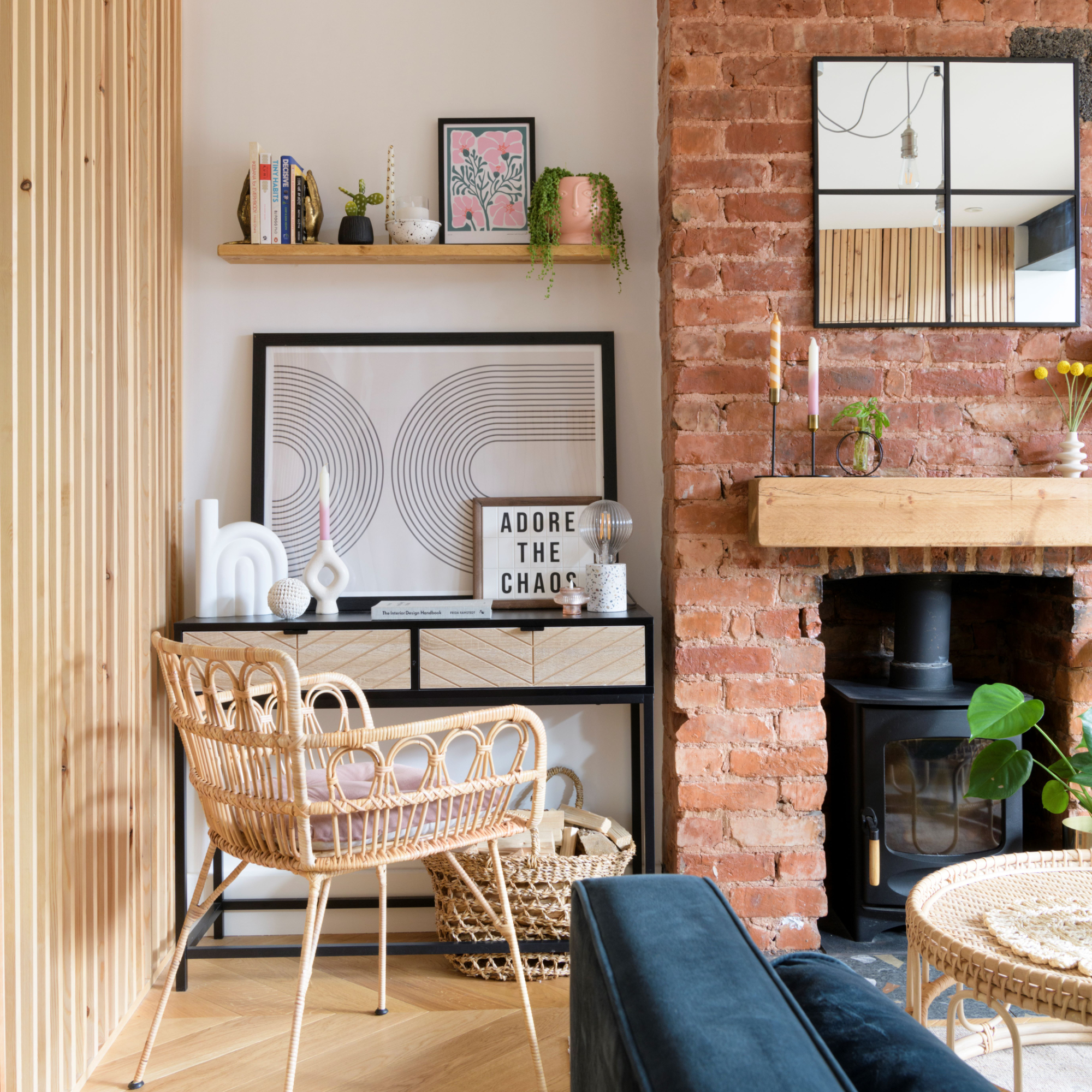
Interior designer, Kelly Hoppen, has ruffled some feathers in a recent TikTok video of hers where she spoke plainly about interior choices she believes are an 'absolute no' in the home.
Furniture placement is already a huge topic within interior design, but Kelly was extremely candid about how furniture should 'never' be placed at an angle unless you're specifically furnishing a corner. That means keeping your living room sofa ideas free from the asymmetry that angles bring to a living space.
'One of my pet hates is furniture on an angle,' says Kelly in the TikTok video. 'It has never been designed to be at an angle unless it's in a corner. Always have things straight. They can be off-centred together but never at an angle.' She notes that one of the only exceptions to this rule is when you're putting a chair in front of a fireplace, but even then she cautions fans to 'be careful' with this.
While angled furniture and chopped cushions are at the top of Kelly's interior icks list, we were curious to know what other interior designers thought of the sentiment – and whether this was a living room mistake to avoid in the name of Feng Shui, or a dated belief worth overruling.
@kellyhoppen ♬ Aesthetic Coffee - Febri Handika
'Conversations around furniture placement and the art of Feng Shui have gained a large following in recent years, with many people looking to seek inspiration on optimising their home,' begins Victoria Foster, interior stylist at ScS.
'When deciding on the placement and orientation of furniture there are a lot of factors to consider, such as the size and shape of your room or the dimensions of the furniture you are considering the placement of. You should also think about the function of the room on a day-to-day basis, including how many people will be using it.'
However, with all the different ways you can arrange furniture in a living room and around your home in general. Is there a right and wrong way?

'Placing furniture on an angle can sometimes be seen as a faux pas when it comes to traditional interior design. However, I believe there is space for it in the modern world,' says Sam Greig, senior designer and interior expert at Swoon.
'For example, placing a TV stand in the corner of the room so that all seats have a great view, or angling a floor-length mirror against a wall as a stylish yet functional accessory.'
'We must remember that functionality is a huge part of interior design, and sometimes it isn't worth breaking your neck to follow the old-school rulebook perfectly,' Sam concludes.

Following this argument, Maya Saltafi, designer and founder of Maya Saltafi Designs Ltd adds that her stance on angled furniture also conflicts that of Kelly Hoppen's. She explains that angling furniture can 'redirect a space's flow, inject grandeur into a more compact room or, inversely, adroitly being intimacy to a zone that otherwise feels too broad.'
'Angling selective pieces can equally soften hard edges such as a sofa back, whilst deftly exhibiting unconventional room configurations – showcasing how furniture can be dictated by (and honour) its surrounding architecture,' Maya explains.
So, if you're after a cosy living room configuration or are trying to make a small living room look expensive, perhaps angling is the way to go.

However, suppose you're curious why Kelly Hoppen is on team 'no furniture angling'. In that case, interior designer Ann Marie Cousins of AMC Design explains why keeping your furniture straight has been so widely desirable in many homes.
'When thinking about your furniture layout, try to create as much symmetry as possible, and remember to identify the focal point of the room,' she advises . 'One of the reasons why furniture at an angle is such a problem is that it generally throws off this symmetry and creates strange traffic areas, where you have to zigzag around the area.'
'Symmetry is very soothing to the eye and very restful, which is why it's been such a mainstay of interiors throughout the ages,' she notes. Echoing Kelly Hoppen, Ann Marie explains that unless you're putting an armchair by a living room fireplace, or similar, avoid placing furniture at a complete angle.

Of course, the placement of your furniture is ultimately down to you. We hear both sides on why you should and shouldn't angle your furniture, but what do you think?







